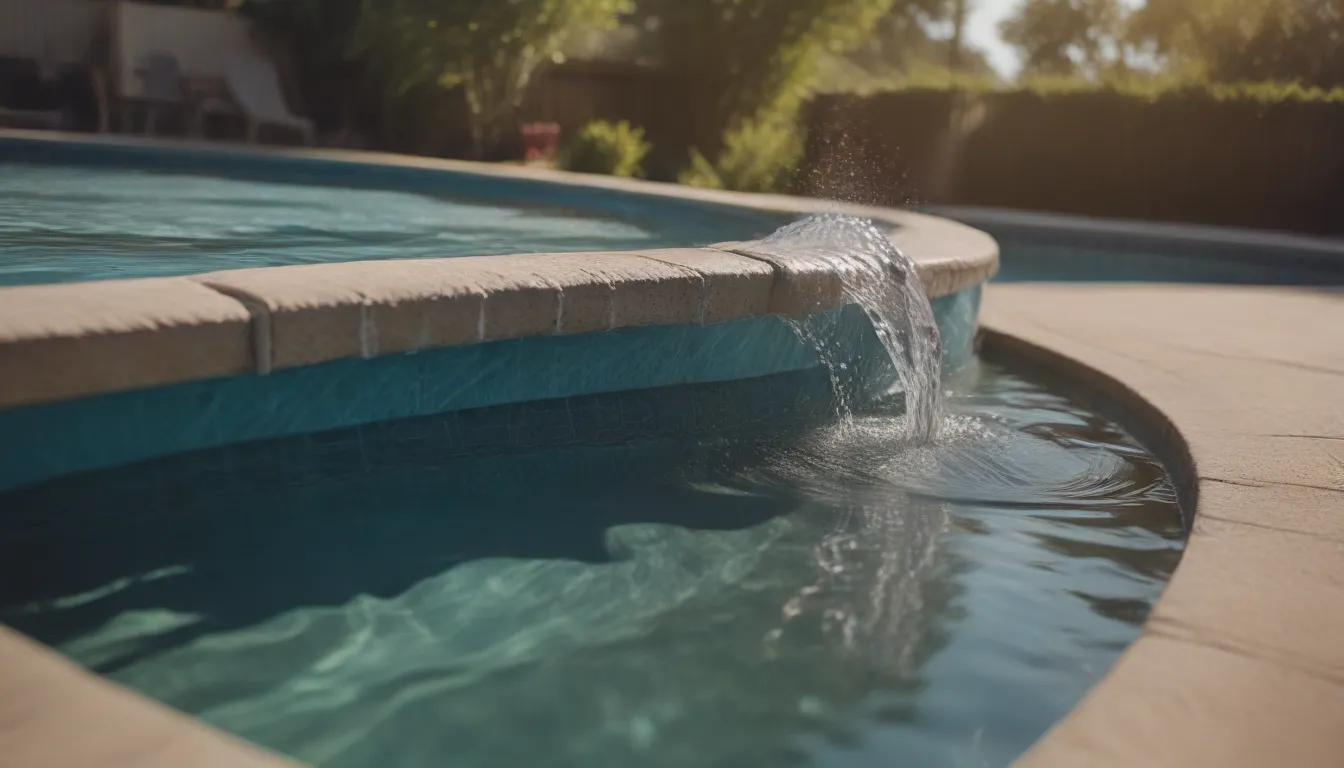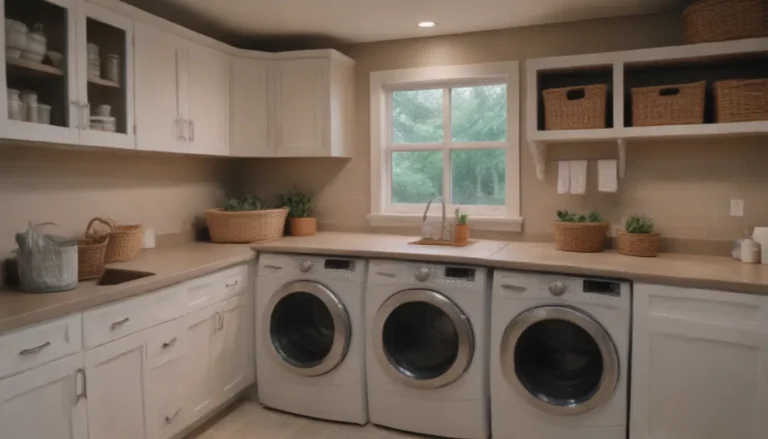The Ultimate Guide to Backwashing Your Pool Filter

When it comes to keeping your swimming pool clean and pristine, backwashing your pool filter is an essential maintenance task. In this comprehensive guide, we will dive deep into the world of backwashing, covering everything you need to know to keep your pool in top condition.
What Exactly is Backwashing?
Backwashing is a process used to clean a swimming pool filter by reversing the flow of water to flush out contaminants. This method helps to ensure that your pool water remains clear and free of debris, without the need for manual cleaning.
You’ll know it’s time to backwash your pool filter when the pressure gauge indicates a pressure rise of 8 to 10 pounds above the clean or “startup” pressure. This increase in pressure signals that the filter is becoming clogged with debris and needs to be cleaned.
Why Backwashing is Important
Proper backwashing is crucial for maintaining the efficiency and effectiveness of your pool filter. If debris or DE (diatomaceous earth) passes through the filter and back into the pool, it can lead to cloudy water and reduced filtration performance.
Regular maintenance and preventive measures are key to ensuring that your backwashing routine is successful. Keep an eye out for any signs of a backwash valve becoming difficult to turn, and be sure to lubricate it before any leaks occur. Additionally, inspect the filter components, such as grids, laterals, cartridges, and manifolds, for any signs of wear or damage during cleaning.
Types of Filters and Backwashing
There are several types of filters available for swimming pools, each with its own unique backwashing process. Choosing the right filter for your pool size and maintenance needs is essential for keeping your pool water clean and clear.
- Cartridge Filters: Cartridge filters are a popular choice for their ease of maintenance. These filters are simple to clean and require regular backwashing to keep them operating efficiently.
- DE Filters: DE filters should only be backwashed as a temporary solution, with a complete teardown and cleaning recommended for thorough maintenance.
- Sand Filters: Sand filters are a reliable option for backwashing, with a recommended backwash frequency of once a month and teardowns twice per year.
Remember, the best type of filter is the one that you are most likely to keep clean. Choose a filter that suits your maintenance routine and pool size to ensure optimal performance.
How to Backwash Your Pool Filter
The process of backwashing your pool filter will vary depending on the type of filter you have. Consult the manufacturer’s instructions for detailed guidance on backwashing your specific filter model. Here’s a basic overview of how to backwash a DE filter:
- Turn off the pump and set the filter valve to the “backwash” position.
- Turn on the pump and let it run for 2-3 minutes, or until the water runs clear through the waste line.
- Turn off the pump and set the filter valve to the “rinse” position.
- Turn on the pump and let it run for another 1-2 minutes to clear out any remaining debris.
- Turn off the pump and reset the filter valve to the normal operating position.
By following these steps, you can effectively clean your pool filter and maintain optimal water quality.
How Often Should You Backwash?
The frequency of backwashing and teardowns will depend on how often you use your pool and the level of debris it accumulates. DE filters typically require teardown and cleaning at least six times per year to ensure proper performance. In general, backwashing should be performed when the pressure gauge reaches 8 to 10 psi above the starting level, or after a major weather event or algae outbreak.
For sand filters, backwashing once a month and teardowns twice a year are standard practices. By following a regular maintenance schedule, you can keep your pool filter in top condition and avoid any potential issues with water quality.
Tips for Efficient Filter Cleaning
- Save Energy: After backwashing your filter, consider running the pump at a lower speed to conserve energy without compromising filtration efficiency. This can help reduce energy costs and prolong the life of your pool equipment.
In conclusion, backwashing your pool filter is a simple yet essential task for maintaining a clean and healthy swimming environment. By following the guidelines outlined in this guide and staying on top of regular maintenance, you can enjoy crystal-clear water all season long. Happy swimming!





